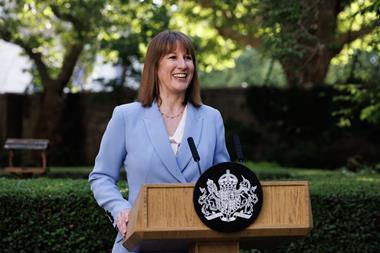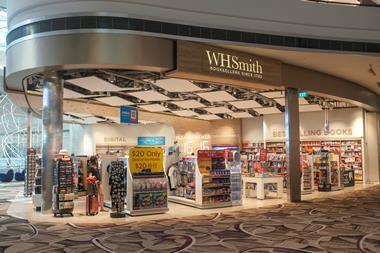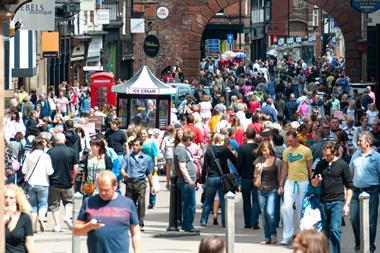Britain’s largest supermarkets and West End shops face being hit hardest by a £600m surge in property taxes next year, according to new analysis.

Government reforms to business rates, taking effect from April 2026, will impact larger stores valued above £500,000, research by property agents Colliers for The Times has shown.
The reforms, designed to rescue the high street, will reduce the business rates multiplier for smaller retail, hospitality and leisure properties from next year. However, the cut will be funded by increasing the multiplier on larger commercial properties across all sectors.
John Webber, head of business rates at Colliers, described the new policy as “nuts” and said it “piles pressure on the very businesses we need to revitalise the high street”.
He said: “At a time when our high street is suffering with the cutting of reliefs for the small stores and the bigger stores are seeing the hike in employment costs with the increase in employer national insurance contributions and the national minimum wage, why does the government think it is sensible to hit the bigger retail, hospitality and leisure players — the ones that provide anchor tenants for the high street, attract footfall and create the jobs — by imposing even more punitive business rates taxes?”
Colliers estimates that across the UK, the largest retail shops will collectively see their tax liabilities jump by at least £600m in 2026. This comes on top of an existing £11bn business rates bill for the sector in 2025 and recent additional costs such as national insurance increases.
London’s West End is set to be the hardest hit by the changes. New figures reveal that 335 retail properties in the West End, including Knightsbridge, are likely to exceed the £500,000 rateable value threshold from April next year.
Colliers estimated that rateable values in the area will rise by around 30% following the revaluation. With the higher multiplier expected to be around 55p in the pound, annual liabilities for these properties are projected to jump from £212m to £274m. That equates to an average increase of £182,727 per property.
A rateable value is a valuation of a non-domestic property, primarily used to determine the amount of business rates payable.
Supermarkets are also in the line of fire. Colliers calculates that more than 90% of the store portfolios of Tesco, Asda and Sainsbury’s have rateable values above the £500,000 threshold. Colliers expects the grocery sector alone to face more than £350m in additional costs annually, with suppliers such as food manufacturers, bakeries and dairies also confronting steeper bills.
Although smaller stores will benefit from the lower multiplier, Webber argued that the net effect may still prove damaging. “Even the smaller retail, hospitality and leisure businesses may find this a hollow victory,” he said. “Reliefs have already been slashed and steep RV rises could offset any gains,” he said.
A Treasury spokesman said: “We are a pro-business government that is creating a fairer business rates system to protect the high street, support investment and level the playing field.
“Our reform to the business rates system will introduce new, permanently lower business rates in 2026 while removing the £110,000 cap, benefiting over 280,000 retail, hospitality and leisure business properties. This will be sustainably funded by a new, higher rate on the 1 per cent of most valuable business properties.”


























No comments yet